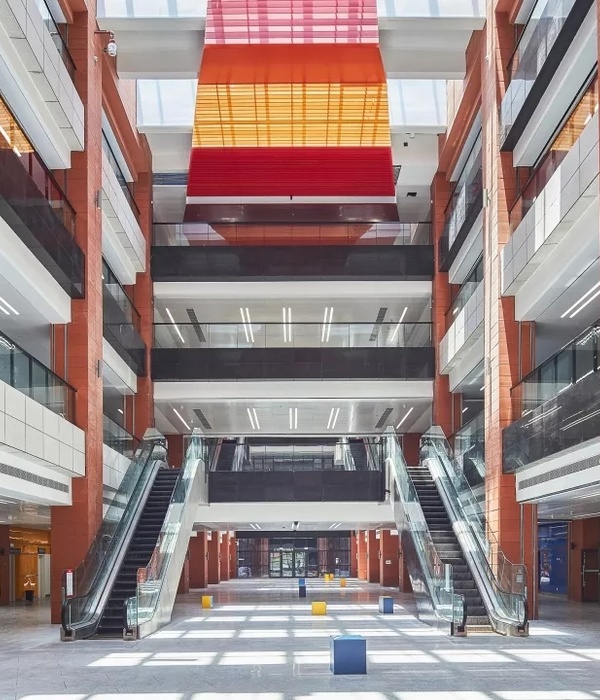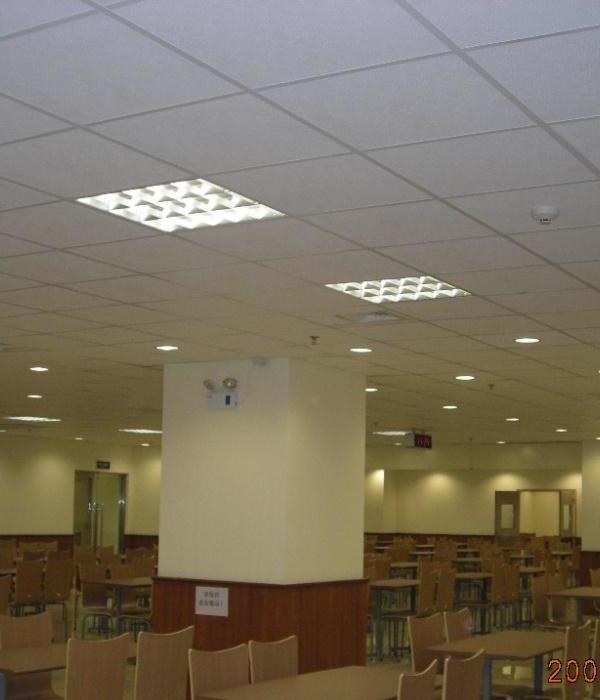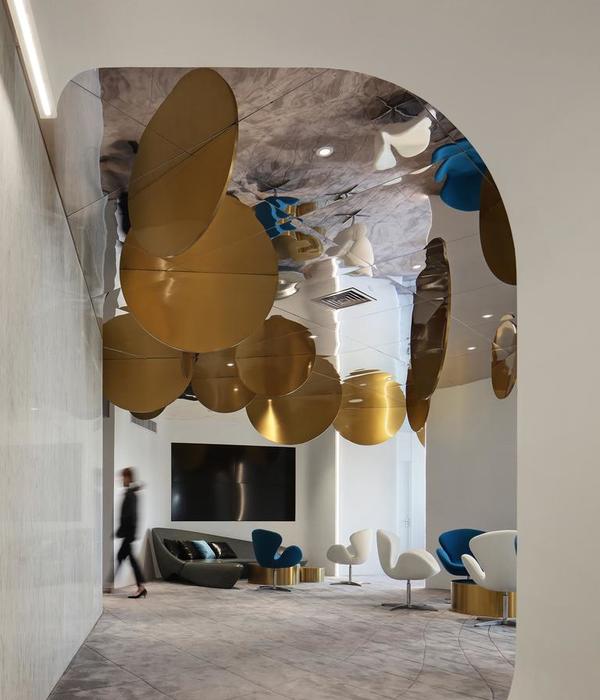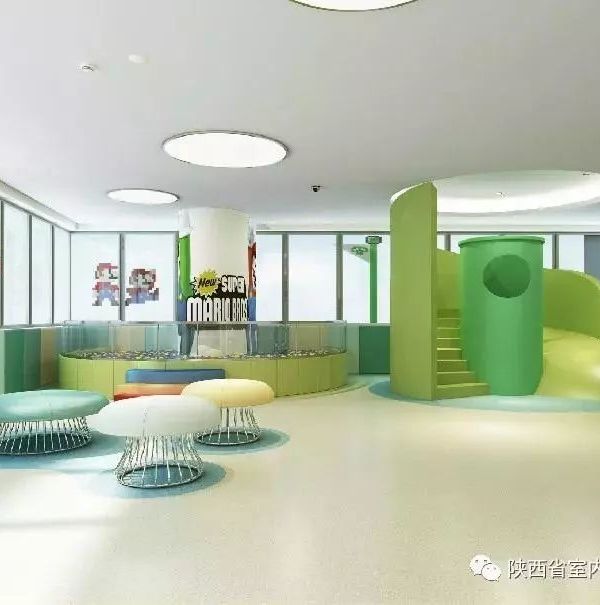Perkins&Will responded to the modern needs of healthcare when designing Hospital Sancta Maggiore Morumbi in Sao Paulo, Brazil.
Throughout history, hospitals worldwide were predominantly horizontal. However, the economic, health and urban scenarios of the past eight years demanded new alternatives to absorb the growing demand for medical care – especially in health insurance plans, a need that has intensified even more with the pandemic of COVID-19.
Among the main solutions is the adaptation of pre-existing buildings, not necessarily designed for hospital use. Reuse has advantages such as: sustainability, agility in occupation and start of operation, proximity to centers urban areas, use of technology (in the case of more modern buildings), and so on. The transformation also presents challenges: a thorough planning is necessary so that the verticalization does not impair hospital functioning and that sanitary and health standards security are fully met.
A successful example is Hospital Sancta Maggiore Morumbi, from Prevent Senior healthcare insurance company, in São Paulo. One of the world leaders in healthcare architecture, global architecture and design studio Perkins&Will developed the project that allowed the transformation of a modern corporate tower into one of the most advanced and innovative hospitals in Latin America.
The hospital was implanted in a Triple A corporate tower with 31 slabs and 24 floors, with about 1.200 m² each – adding up to 24,000 m² -, in addition to four garage levels, ground floor space with triple height, ten elevators and helipad, totaling a 41 thousand m² built area. The recent construction, combined with the high standard of the building, collaborated actively with the adaptation project for hospital use.
Other original configurations collaborated with design strategies to provide well-being. The wide space of the hall facilitated the creation of a free movement of people and the installation of green walls bring the benefits of connecting with nature. Floor-to-ceiling frames allows the entry of natural light and access to the view, which directly collaborate with the reduction of stress and depression in patients, companions, and collaborators. The pre-existing helipad in the tower allows trauma care and the transport of patients between units.
Hospital Sancta Maggiore Morumbi has several innovative features that make it a reference in medical care. The inpatient apartments and wards have 184 beds, all equipped with the amount of gas and electrical outlets necessary for intensive care.
The rooms also have exclusive dependencies for the companions, ensuring the better experience for both and encouraging care between the family and the patient during the period of stay in the unit. The equipment used by the service team, such as cylinders, oxygen balloons and washbasins, were embedded in decorative panels right at the entrance of the apartments to collaborate with the design in the standard of hospitality. Another challenge was the installation of an advanced diagnostic imaging center on the 2nd floor. For the placement of large devices, such as magnetic resonance and tomography, some panes were removed from the façade so that the machines could be lifted with the help of cranes into the building.The remodeling of the tower resulted in one of the most complete and modern general hospitals in Latin America, with innovative features that make it a reference in healthcare buildings, showing that it is possible to break paradigms without failing to comply with norms and rules.
Design: Perkins&Will Client: Prevent Senior Contractor: Rocontec Engenharia Photography: Renato Navarro
13 Images | expand images for additional detail
{{item.text_origin}}












